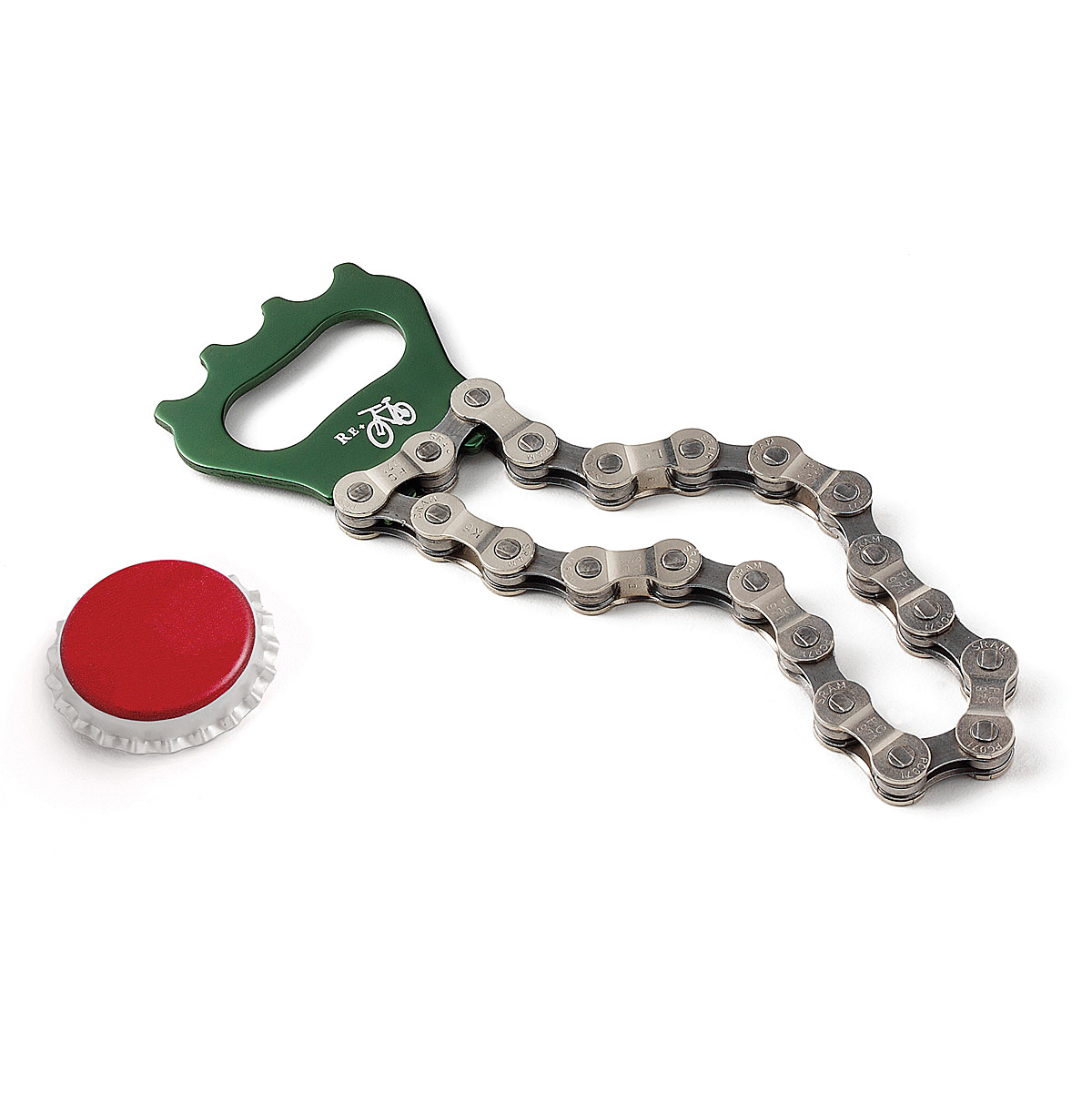With a few last-minute improvements I've been able to substantially improve the performance of the printer. I slowed the stepper motor to reduce vibration, and I allowed a settling time after each motor movement before exposing the next layer of resin. I cleaned up the build platform, it is now a sheet of aluminum epoxied to the plywood. (And of course, within a couple of prints, it has gotten covered with a sheet of cured resin. Best laid plans...) I had been trying exposure times that were too short, so I went back to 60 seconds per layer.
If you'd like to see these prints and others, and the printer that made them, come to Maker Faire NYC this weekend at the New York Hall of Science in Queens, NY.
 Here is a chess rook. It has an interior spiral staircase. The windows are a bit misshapen and the bottom flat surface is covered with a big glob of cured resin. I don't know why those things happened, but the detail on the parts that came out well isn't too bad.
Here is a chess rook. It has an interior spiral staircase. The windows are a bit misshapen and the bottom flat surface is covered with a big glob of cured resin. I don't know why those things happened, but the detail on the parts that came out well isn't too bad.
This is a dodecahedron, one of the five Platonic solids. In the days of ancient Greece, this shape was the cause of some controversy because it could be used to prove the existence of irrational numbers, which ticked off Pythagoras something fierce. This was posted on Thingiverse, as was the rook.
More shapes to come soon, if all goes well.
If you'd like to see these prints and others, and the printer that made them, come to Maker Faire NYC this weekend at the New York Hall of Science in Queens, NY.
 Here is a chess rook. It has an interior spiral staircase. The windows are a bit misshapen and the bottom flat surface is covered with a big glob of cured resin. I don't know why those things happened, but the detail on the parts that came out well isn't too bad.
Here is a chess rook. It has an interior spiral staircase. The windows are a bit misshapen and the bottom flat surface is covered with a big glob of cured resin. I don't know why those things happened, but the detail on the parts that came out well isn't too bad.This is a dodecahedron, one of the five Platonic solids. In the days of ancient Greece, this shape was the cause of some controversy because it could be used to prove the existence of irrational numbers, which ticked off Pythagoras something fierce. This was posted on Thingiverse, as was the rook.
More shapes to come soon, if all goes well.


















